Jean-Georges at the Connaught — formerly the Prince of Saxe-Coburg Hotel, but it was renamed during the first world war, at about the same time the Duke of Saxe-Coburg and Gotha was deprived of his British peerages, which was one of the funnier events in the war — is the informal restaurant at the Connaught Hotel, and it opened this summer on the curve of Carlos Place, Mayfair.
The Connaught is an English hotel with a German heart. It is therefore the hotel equivalent of our Queen, and the best hotel in the world. It is better than its sister Claridge’s, from which Dwight Eisenhower ran away in 1944. He could face the Nazis, but not the ‘whorehouse pink’.
I love the Connaught Hotel with the fervour of an outsider, and I did not stop loving it after it was renovated in 2007 and acquired a black swimming pool, a pale marble annexe and big velvet Mr Men-type chairs. I used to spend my birthdays in a tiny suite in the attic, swaddled in chintz. That chintz has gone now, to the same place as Alec Guinness, who spent his profits from Star Wars here, and why wouldn’t he? If I were a brilliant actor who became world famous for playing a hologram in a stupid film, I would go to bed at the Connaught until I died.
The Connaught had to change, and it did, from my idea of Mayfair, which is vaguely postwar, to someone else’s, and they like big velvet chairs for giants. In my imagining of 1950s Mayfair, the Connaught was a red-brick late Victorian castle amid the ruins of townhouses: a moneyed haven. I remember the clients as big fat 1980s plutocrats from Jeffrey Archer novels; or Bibi Netanyahu; or Robert Maxwell; or any generic rich man who had eaten his feelings after some terrible takeover, or sin, and therefore needed wheels to move. The hotel could have been a convention of pudding trolleys, or literary invention.
Once the dining room contained only Mr and Mrs Netanyahu, their surly son, and me, proving the conspiracy theorists of Twitter right. Now the clients have got smaller. They are young, slim and glib with inherited wealth. They seem to share the same yellow cashmere jumper.
The formal restaurant, Hélène Darroze at the Connaught, is very serious; it is like the senior common room of an Oxford college, in which the dons are stupefied by claret, and I have not eaten there since 2011. Jean-Georges — from Jean–Georges Vongerichten — is less serious. It is very bright and clean, with a curved, stained-glass window; the view is a fountain, a Bentley, and a fairy-lit tree. The carpets and chairs are grey — they must be, since the clients are dressed, essentially, as cashmere jewels — the tables are low, and the lights are strange, round spaceships in the air.
The food is café food, for it must please everyone who can afford it. This means the mad cognitive dissonance of caviar (£400 for 30g of Imperial Beluga) and tomato and mozzarella pizza (£15). We eat smoked salmon, the pizza (I am always curious about haute couture pizza, but it is just good pizza), Cornish lamb chops, mashed potato, an incredible dish of wild foraged mushrooms with garlic and sage, and an immense Dover sole. It was £360 for three, with pink champagne.
This is a café for people who populate an eternal party, and they are golden with happiness; so was I, for the 90 minutes I could afford to be there. They are not English; they are too handsome — and happy — to be English, and since this fairyland is their London, they should be.
Got something to add? Join the discussion and comment below.
Get 10 issues for just $10
Subscribe to The Spectator Australia today for the next 10 magazine issues, plus full online access, for just $10.
You might disagree with half of it, but you’ll enjoy reading all of it. Try your first month for free, then just $2 a week for the remainder of your first year.


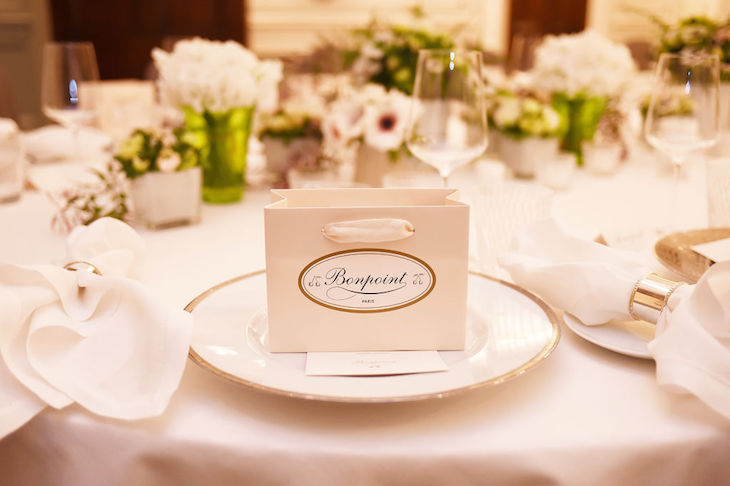
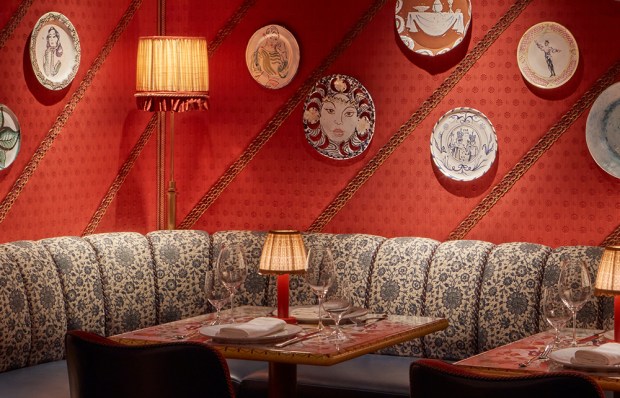
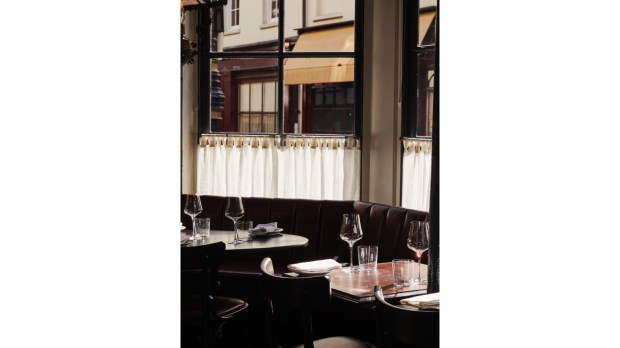

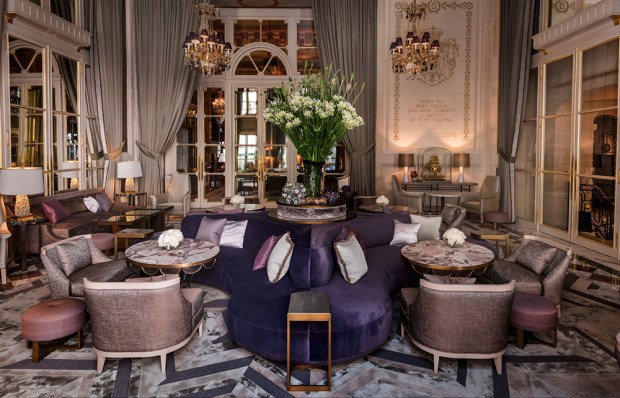
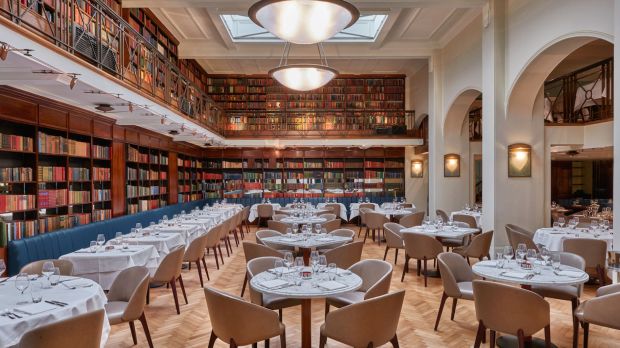
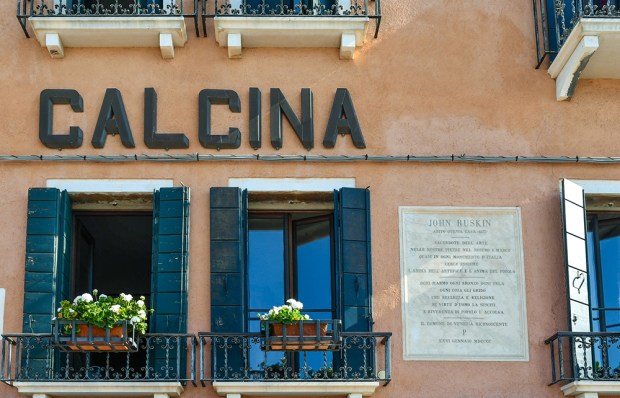






Comments
Don't miss out
Join the conversation with other Spectator Australia readers. Subscribe to leave a comment.
SUBSCRIBEAlready a subscriber? Log in